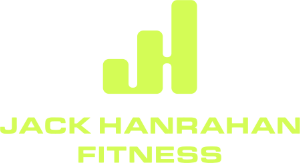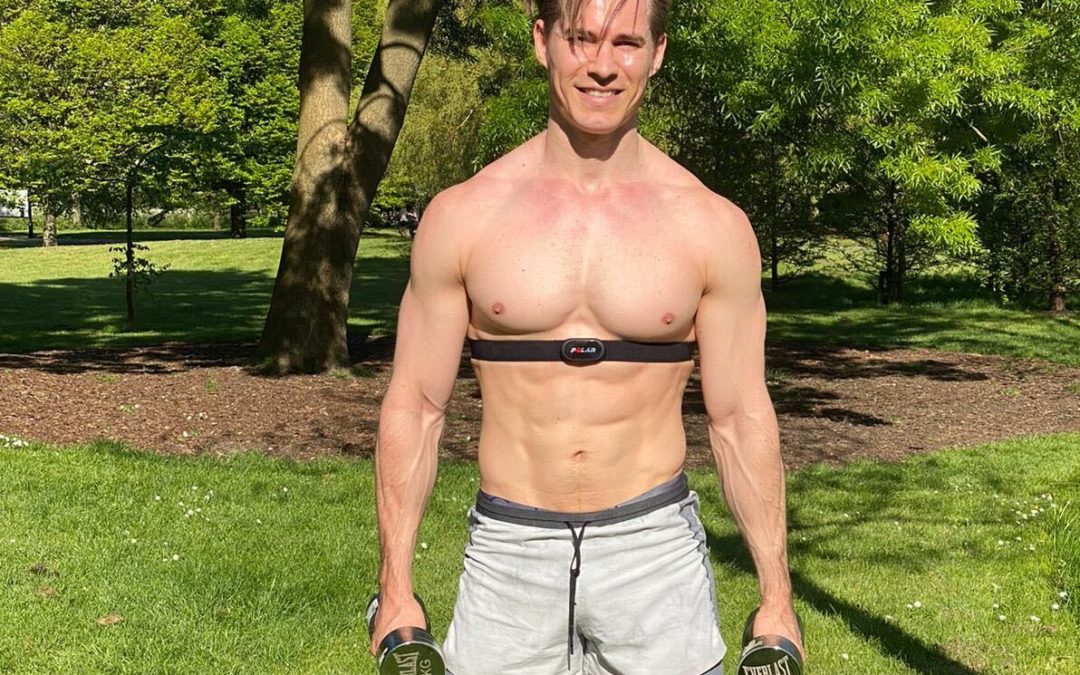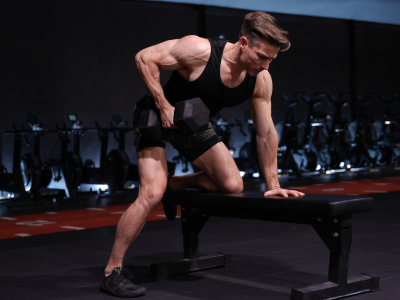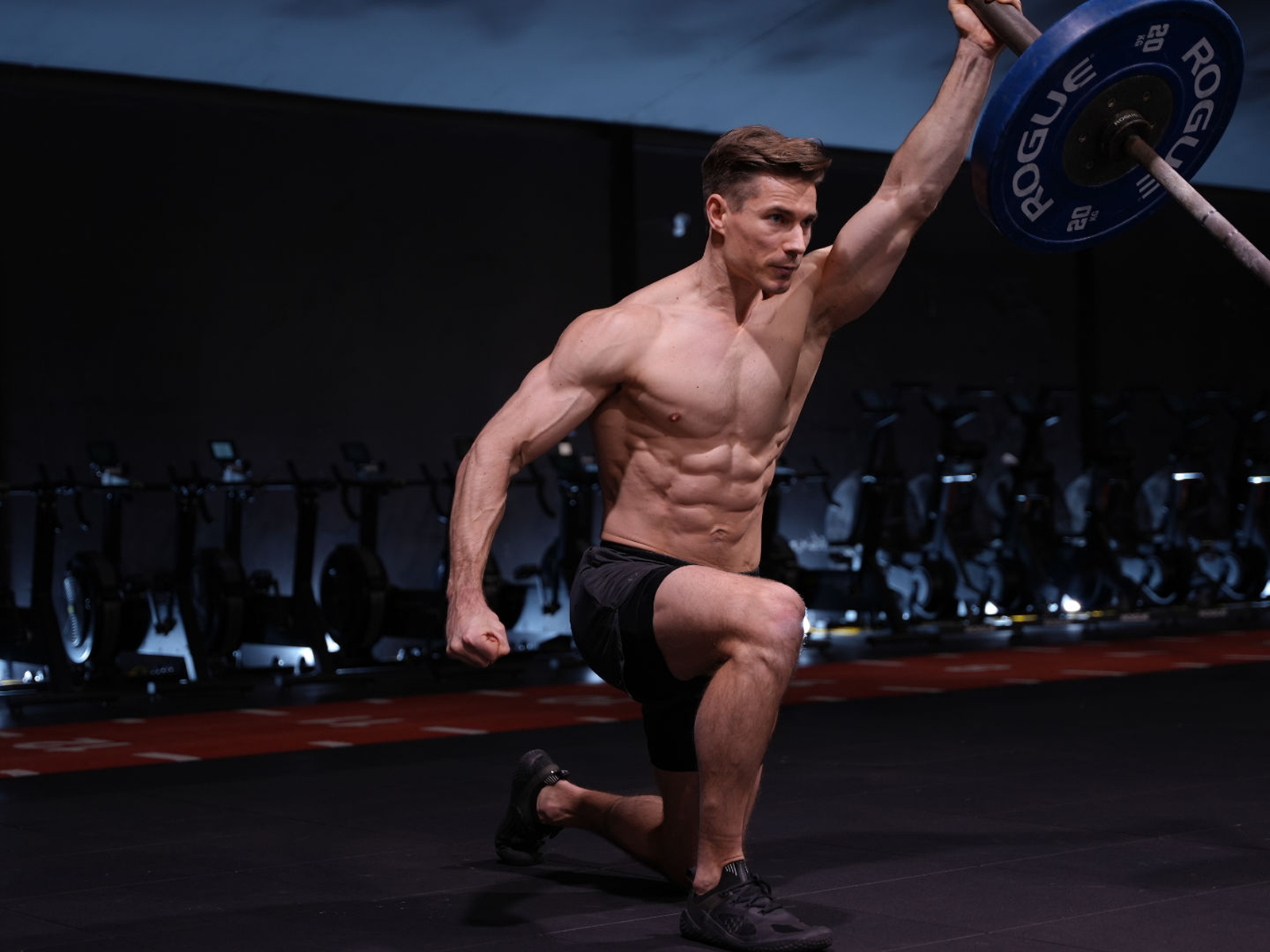If you’ve been following me on instagram, you’ll have noticed that over the past few months, I’ve introduced what I call Anti-HIIT cardio sessions. I first developed the format as a way to get in my low intensity steady state (LISS) cardio workouts at home during quarantine, but I’ve really come to appreciate its benefits and practicality. An added bonus is that it’s fun, varied and time-efficient, given that it can be done from the comfort of your home.
Let’s first talk about what it is, before discussing what it isn’t (shocker: it’s NOT HIIT).
Anti-HIIT comprises a series of low-impact, dynamic exercises done in intervals, with very short rest times. The session duration should fall somewhere between 20-40 minutes, depending on fitness levels. The intensity should be adjusted to keep the heart rate at 65-75% of maximum throughout. This is easy to monitor with a heart rate sensor (chest strap or smart watch) but if you were to work without one, it should feel like a perceived exertion of 5-6 / 10.
I do these sessions with nasal-only breathing because it’s a far more efficient breathing method to develop aerobic fitness (more on that coming up).
JUMP TO THE ANTI-HIIT WORKOUT NOW
Why do Anti-HIIT?
Primarily, I want to live a long, healthy and active life. Maintaining a solid foundation of aerobic fitness is key to this desire, which is why it always has a firm place in my training.
While I was initially happy with cycling as my exercise mode of choice, I’ve grown to enjoy these workouts too. So I see myself including a mixture of both in my training moving forward.
What are the benefits?
Much like traditional low intensity, steady state (‘LISS’) cardio training, the goal of ANTI-HIIT is much the same – work for an extended duration at a low-moderate intensity (upper limit of ‘Zone 2’). This is the sweet spot for aerobic health benefits and this represents the intensity that the majority of our cardio training should be. Even elite athletes spend 70% of their training time in this zone. More tangibly, here’s a list of benefits:
- Health & Longevity.
The aerobic energy system literally supports life. The first thing we do when we enter this world is breathe, and it’s the last thing we do when we check-out. It’s no surprise then that the measure of aerobic fitness, vo2 max, is strongly linked with all-cause mortality. Aerobic fitness Is therefore a strong predictor of longevity – the quality of your life and the length of your life.
- Supports strength & muscle building.
This may come at a surprise, but weight training, a seemingly anaerobic activity, is predominantly fueled by the aerobic system. A person with a superior engine will be able to endure a set for longer, recover faster between sets and maintain better energy and work output as the session progresses. This adds up to significantly greater ‘work capacity’ and therefore a better training effect, stimulating more gains.
- Recover faster.
Recovery is when gains are made and when you have adaptation such as – a bigger, more powerful heart, greater capillary density, an increase in the number and size of your mitochondria (your cells power plants) – you can make a safe bet that you will recover faster between workouts.
- Fat burning & body composition improvements.
Cardio performed at a zone 2 intensity (as with Anti-HIIT) utilizes fat for fuel. This is the body’s preferred fuel source when the aerobic system can meet the demands of exercise. So yes, this will quite literally ‘burn fat’ and improves the body’s ability to utilize fat for fuel instead of stored carbohydrates.
- Vitality.
This is worthy of a mention because it speaks to an improved quality of life. You can expect better sleep quality, greater sustained energy throughout the day and mood improvements. It feels good to be fit!
Why nasal breathing?
There are several reasons why nasal only breathing is preferred, such as::
- It will develop aerobic capacity better than mouth breathing.
- It’s a more efficient way of breathing – increasing oxygen intake to the lungs and utilization at the cellular level.
- Once the mouth opens, we are less aerobically efficient. We expel more carbon dioxide which means we reduce oxygen uptake at the cellular level. We switch to less efficient breathing mechanics, become more sympathetic nervous system dominant (the fight / flight response) and this increases the energy demands which leads to gassing out more quickly.
- Nasal-only breathing also serves as an excellent barometer to gauge exercise intensity. If you feel the urge to breathe through the mouth, or simply cannot maintain nasal-only breathing, you’re probably working too hard or inefficiently.
I will add that this is quite uncomfortable at first. So you might have to breathe with a mixture of nasal-ony and mouth breathing at first, until you can endure a full session this way.
You’re probably wondering what the “anti” bit is all about.
The anti is there because it’s the opposite of ‘high’ intensity interval training.
This protocol can be thought of as ‘low’ intensity interval training.
What’s wrong with HIIT?, you’re thinking.
I don’t hate HIIT but the overwhelming misinformation in the public space has totally misled people towards ineffective and potentially dangerous protocols that aren’t even closely related to what proper HIIT training is supposed to be.
A proper HIIT session involves repeated bouts of work interspersed with rest at an exercise intensity that is 85+ % of maximum heart rate and power output.
For example:
Rowing: 1 minute on. 2 minutes rest. Repeat x5
(The 1 minute interval should be near max effort hard)
Contrast this with what most people are doing – jumping around the living room doing a mashup of body weight and resistance exercises for an arbitrary amount of time. The goal is often to jack the heart rate up and just work to exhaustion. This is random, nonsensical training and has zero relationship to proper HIIT.
It’s sold as a workout that burns more calories than LISS and also combines strength training in a shorter amount of time. In reality, you’re likely to end up burned out, incredibly sore and unable to sufficiently recover between workouts.
Risk injury is high also because you compromise on form when you’re fatigued. It may reap quick gains, but they are quickly cancelled out as it is NEVER sustainable and compromises subsequent workouts.
As I mentioned earlier, even elite endurance athletes spend 70% of their training at low intensities. Only 10-20% is HIIT based (proper HIIT) and were talking about ELITE endurance athletes – not us regular folk.
A few frequently asked questions:
How do I monitor my heart rate? I personally wear a Polar H10 chest strap and connect it to the free Polar Beat App. That way I can watch it as I train. Any heart rate monitor will do, whether it’s a chest strap or integrated into a smart watch.
What if I don’t have a heart rate monitor? Work at a perceived intensity of 5-6 / 10. 1 being a walk in the park and 10 being all out max effort, gasping for air type work. Another way to gauge intensity is the talk test. Meaning, you should be able to hold a conversation with someone at the same time. Not comfortably, but you could. If you could speak a couple of sentences, your heart rate and breathing rate will be too high.
Can I do any string of exercises that get my heart rate in the right zone? Not advisable. There are certain exercises that lend themselves better to this type of training. We don’t want the muscles to fail first as we are trying to stress the aerobic system. That’s why I carefully select the right kind of dynamic exercises that will achieve the desired effects and complement each other when paired together such as jumping jacks and mountain climbers.
Here’s one of my Anti-HIIT workouts for you to try at home, at the park, or in the gym:
Have you tried one of my Anti-HIIT sessions? Let me know how you’re finding it in the comments below!
“It’s a great challenge as it doesn’t cause me to beat up my body but I still reap cardio benefits. The more fit I become, the more difficult it is to find safe challenges.”
“I’m glad someone is intelligently addressing the issue of HIIT which is really just a variation of strength training with its anaerobic up / down heart rate spikes.”
“I tried this the other day, I don’t have a heart rate monitor. But I absolutely loved it. Thank you so much!”
“I’ve been more diligent about checking in with my HR during workouts and realized I was working harder than I needed to. Lessening my intensity to fit my Zone 2 range has made exercise way more enjoyable!”
“I’ve just treid this now for 20 mins. Again I loved it and needed it big time. Thank you so much!”
“Tried this one out. Feel brilliant!”
“Really liking the simplicity of this yet really effective.”
“This is so good — I realized recently I had been overtraining. I dropped 2-3 of my workouts per week down to Zone 2 and have been feeling great.”
“I just did this and it was so great — felt much better for my body. Currently 4 months post natal and yearning for cardio without impact — thought HIIT was the only real option but now I’m just going to do this! Thanks!”
Did you like this post? Follow me on Instagram for daily workout inspiration and tips and join my weekly Wednesday Wisdom newsletter where I dive deep into the latest topics to help you train smarter and live better. Need something to tie you over while stuck at home? Download my app PRGRM and train with my Adapt program, entirely with resistance bands.




I’ve tried one of your ANTI-HIIT routines and I was very surprised by the way it affected my body. Although I initially felt like I wasn’t training hard enough, after anlysing the entire session, I realised that I felt much better than I did when I went for a run. I wasn’t exhausted, and by heart rate was much more steady than it usually is when I go for a jog. With that in mind I would also like to point out that it feels much easier to commit to a 20-minute session of ANTI-HIIT than to an equally long session of running. Hence, this is definitely staying in my training regime. Thank you, Andrej.
Did this for the first time last week. It’s now going to be part of my weekly training cycle. I’ll add in any others you choose to share too. Thanks for sharing not just the workout but (more importantly for me anyway) the knowledge.
I did this for the first time today and loved it. I have a torn ACL (for several years now) and exercise-induced asthma. Previously, I’ve been at a loss for how to improve my aerobic system in a low-impact way that wasn’t just swimming or cycling. ANTI-HIIT is now going to be part of my regular fitness regiment. (As a yoga instructor, I also appreciated the description of nasal breathing.)
I love all your information, I eat it up. Just wondering if you could clarify something for me, I’m a little confused in regards to the zones that you reference, I know you mention that you should be working in the upper ends of Zone 2, but whenever you post your Anti-HIIT or other cardio sessions and post screenshots from the Polar Beat app, you’re pretty steady in mid to high end of Zone 3. So I’m just curious if we should focus
Very good question Trevor! My Polar Beat App is not synced to my HR Max. So it’s reporting inaccurately. My upper limit is typically 145bpm which represents 75% of my max. I’ll go anywhere between 65-75% depending on the day and how I feel 🙂 Hope this clarifies your point!
Hey Jack – could you expand further on your Max HR response from 8/5?
I also use a Polar H10 for measuring my HR zones. I was under the impression that this product was superior in HR accuracy. Are my readouts also inaccurate? How did you/are you then determining your MaxHR? Hope that makes sense. Thanks.
Hey Jack!
Love the Anti-hiit! I was just wondering what other exercises could be used, I’ve got a knee cap issue and I can’t perform the jumping jacks!
Many thanks!
Anti-Hiit makes f St o much sense. It harder then it would seem but gentle to the body. No jerking or potential for injury. It would seem like this could be super effective for people that may have a joint problems, high blood pressure and injuries. Nice work’
I hope you don’t mind if I share this with clients snd on my Instagram post.
Cheers